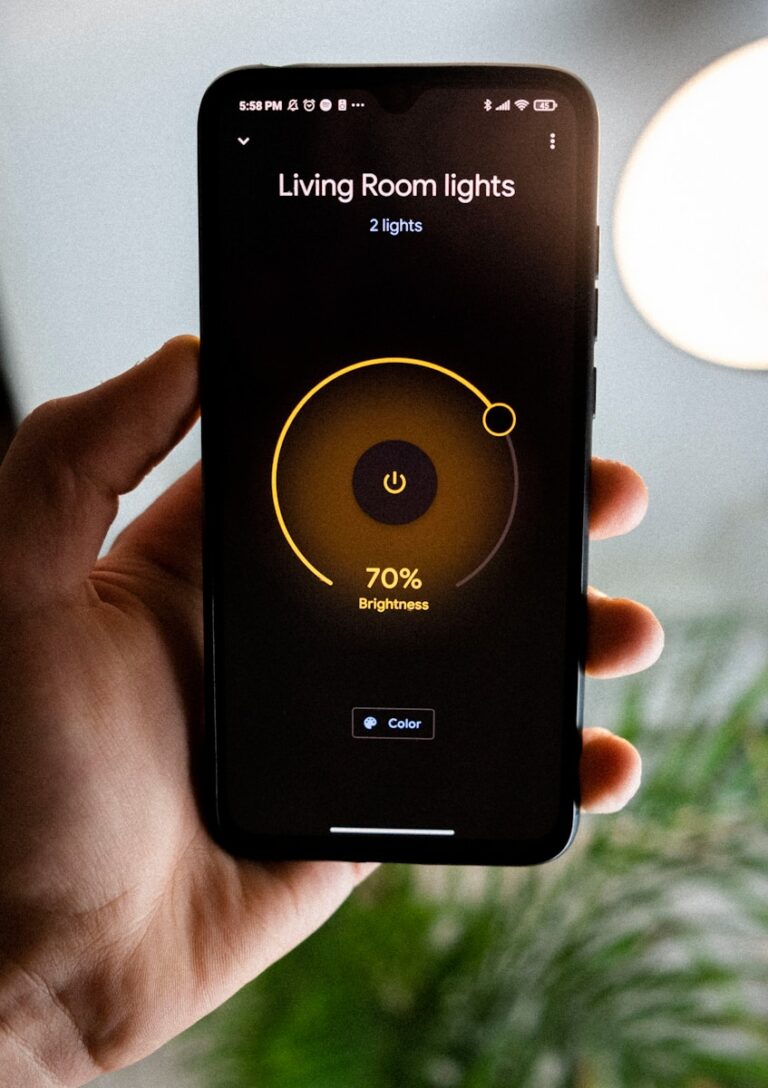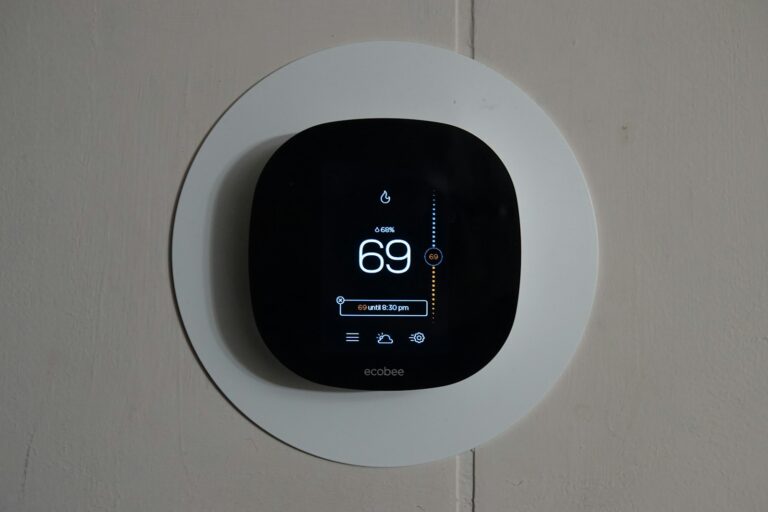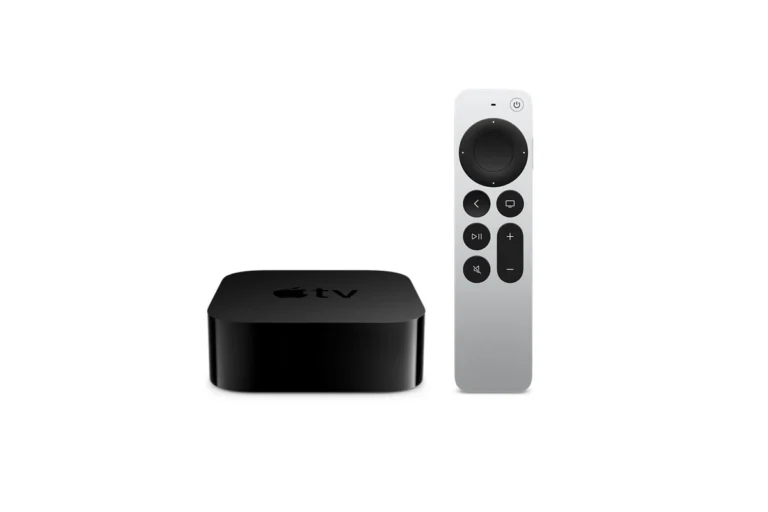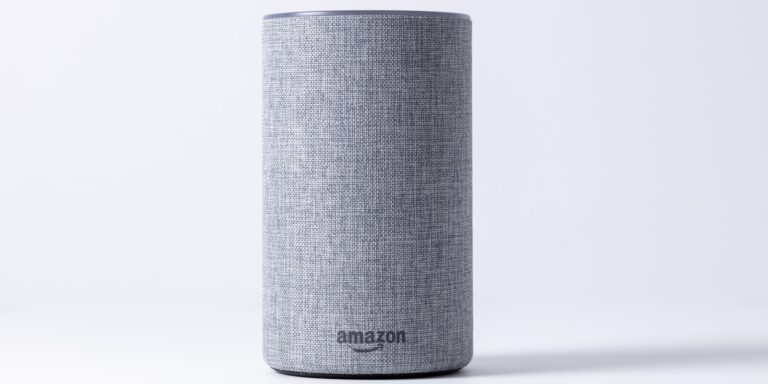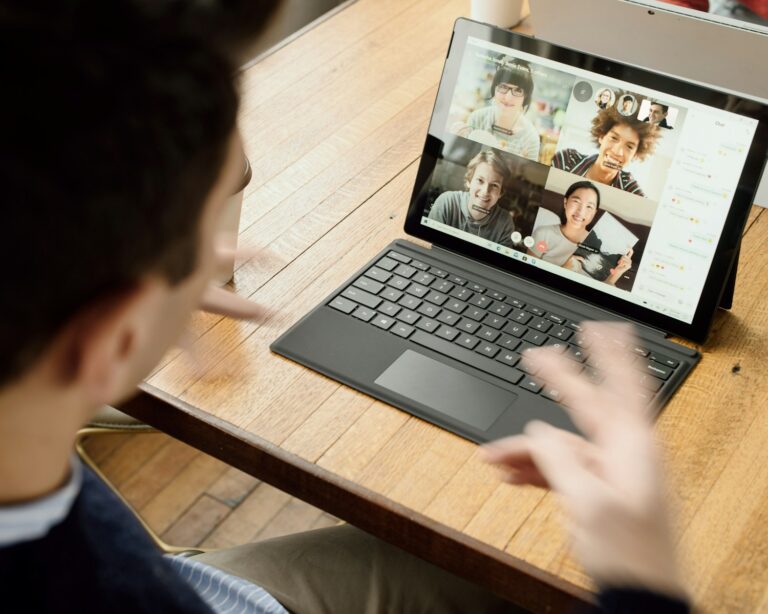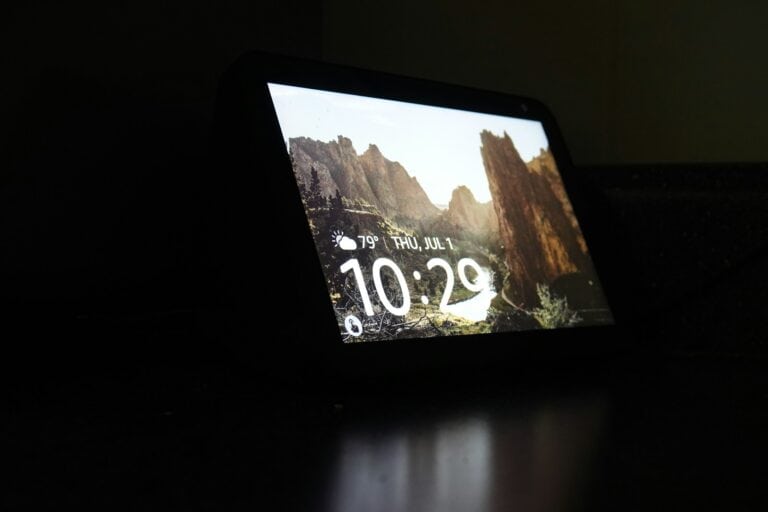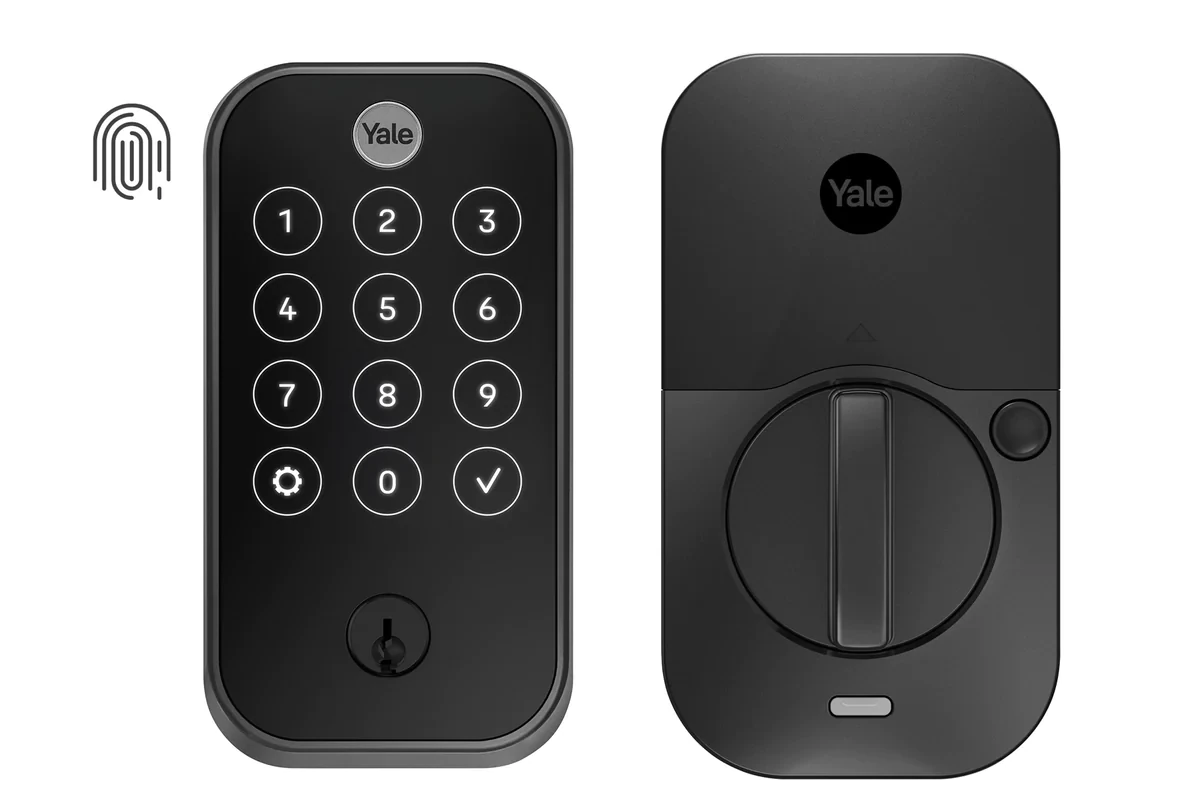
Smart home technology has transformed how people interact with their living spaces, and renters are increasingly interested in these modern conveniences. A recent survey found that 82% of renters want at least one smart device or system in their homes. This growing demand reflects how technology has shifted from luxury to necessity for many apartment dwellers.
Renters prioritize security, convenience, and cost savings when seeking smart home features in rental properties. Smart apartments offer tenants enhanced security through video doorbells and indoor cameras that can alert them to unexpected visitors. Energy management devices like smart thermostats appeal to environmentally conscious renters while also reducing utility bills.
Property managers and landlords are taking notice of this trend, as smart home technology can increase property values and justify higher rental rates. The good news for renters is that many smart devices are now designed to be renter-friendly and portable, requiring no permanent installation and allowing tenants to take their tech investments with them when they move.
What Renters Want from Smart Home Tech: A 2025 Guide
Smart home technology is transforming rental living by offering convenience, security, and energy efficiency. As renters increasingly expect modern amenities, landlords and property managers who incorporate smart tech gain a competitive edge. Here’s what renters want most from smart home technology in 2025.
1. Smart Thermostats for Energy Efficiency
- Renters prioritize smart thermostats that allow remote temperature control.
- Features like scheduling and adaptive learning help reduce energy bills.
- Integration with voice assistants (Alexa, Google Assistant) is a plus.
2. Keyless Entry and Smart Locks
- Keyless entry systems provide convenience and enhanced security.
- Renters want to avoid physical keys and prefer access via smartphone apps or codes.
- Temporary or guest access features are highly valued, especially for short-term rentals.
3. Smart Lighting
- Adjustable smart lighting with remote control and scheduling is popular.
- Renters appreciate the ability to customize ambiance and save energy.
- Integration with other smart devices enhances user experience.
4. Security Cameras and Doorbells
- Video doorbells and indoor/outdoor cameras offer peace of mind.
- Renters want easy-to-use apps to monitor their homes remotely.
- Privacy concerns mean renters prefer opt-in systems with clear usage policies.
5. Voice-Activated Assistants
- Devices like Amazon Echo or Google Nest Hub are increasingly requested.
- Voice control enhances accessibility and convenience for daily tasks.
6. Smart Appliances
- Smart washers, dryers, and kitchen appliances appeal to tech-savvy renters.
- Features like remote monitoring and maintenance alerts add value.
7. Energy Monitoring and Sustainability Features
- Renters are environmentally conscious and value tech that tracks energy usage.
- Smart plugs and sensors help monitor and reduce consumption.
8. Easy Installation and No Long-Term Commitment
- Renters prefer smart devices that don’t require permanent installation or complex setup.
- Plug-and-play solutions that can move with them are ideal.
Why Landlords Should Invest in Smart Home Tech
- Attract and retain quality tenants.
- Increase property value and rental rates.
- Improve property management efficiency through remote monitoring.
Key Takeaways
- Most renters desire smart home features that enhance security, convenience, and energy efficiency in their living spaces.
- Portable, non-permanent smart devices allow renters to enjoy modern technology without altering rental properties.
- Property owners can increase property values and attract quality tenants by investing in smart home infrastructure.
Evolution of the Smart Home Market
The smart home market has transformed dramatically over the past decade. What was once considered futuristic technology has now become commonplace in many households across America.
Early smart home devices were expensive, complicated to install, and often required professional setup. These systems typically focused on basic security features and simple automation.
By 2018, voice assistants like Amazon Echo and Google Home made smart home technology more accessible to average consumers. These devices served as convenient hubs for controlling various connected devices throughout the home.
The COVID-19 pandemic accelerated smart home adoption as people spent more time in their residences. Working and studying from home created new demands for technology that could enhance comfort, convenience, and productivity.
Today’s smart home technology has evolved to include a wide range of devices:
- Smart thermostats that learn user preferences
- Voice-controlled lighting systems
- Connected appliances (refrigerators, washers, etc.)
- Automated security cameras and doorbells
- Smart locks with keyless entry
Data shows that 82% of renters want at least one smart device in their home. This shift in preference has changed how property managers and landlords approach their rental offerings.
The global smart home market continues to expand rapidly. According to industry experts, investors increasingly recognize the value these technologies bring in attracting renters and buyers alike.
Interoperability between different devices and systems has improved significantly. Modern connected home ecosystems can now communicate across brands, making it easier for users to create customized smart environments.
Key Smart Home Features Renters Seek
Today’s renters are increasingly looking for properties equipped with smart technology that enhances their living experience. The most sought-after features combine everyday practicality with modern innovation, making rental homes more attractive to tech-savvy tenants.
Convenience and Control
Smart thermostats top the list of what renters want most in rental properties. These devices allow tenants to adjust temperatures remotely through smartphone apps, creating comfortable environments before they arrive home.
Smart locks offer keyless entry solutions that eliminate the hassle of physical keys. Renters appreciate the ability to grant temporary access to visitors or service providers without being physically present.
Voice-controlled assistants like Amazon Echo or Google Home serve as central command centers for connected devices. These systems enable renters to control multiple features with simple voice commands.
App integration remains crucial for the modern renter. The ability to manage all smart home functions through a single interface simplifies daily routines and enhances the overall rental experience.
Enhanced Security Measures
Video doorbells provide renters with crucial visibility of who approaches their front door. This technology offers peace of mind through real-time notifications and recorded footage of visitors or package deliveries.
Motion-activated cameras serve as deterrents to potential intruders while giving renters remote monitoring capabilities. Many apartment dwellers prioritize these security features above other smart technologies.
Smart smoke and carbon monoxide detectors offer critical safety improvements over traditional models. These devices send immediate alerts to tenants’ phones during emergencies, potentially saving lives when renters are away from home.
Automated lighting systems with programmable schedules create the appearance of occupancy, discouraging break-ins during vacations or extended absences.
Energy Efficiency and Sustainability
Smart thermostats not only provide convenience but also deliver significant energy savings. These devices learn residents’ preferences and automatically adjust temperatures to reduce unnecessary heating and cooling.
Programmable smart lighting systems help minimize electricity usage by turning lights off in unoccupied rooms. Features like dimming capabilities and automatic schedules further reduce energy consumption.
Smart power strips and outlets allow renters to monitor energy usage of individual appliances. This visibility helps budget-conscious tenants identify energy-wasting devices and adjust their habits accordingly.
Water conservation tools such as smart irrigation systems and leak detectors appeal to environmentally conscious renters. These technologies prevent wasteful water usage while protecting properties from potential water damage.
Modern Home Entertainment
High-speed internet connectivity forms the foundation of any smart home entertainment system. Reliable, fast connections allow renters to enjoy streaming services without frustrating buffering delays.
Smart speakers and sound systems with multi-room audio capabilities enhance the entertainment experience. Renters value the ability to create immersive environments throughout their living spaces.
Automated window treatments integrate with entertainment systems to create optimal viewing conditions. Blinds or curtains that close automatically when streaming begins add a premium touch to the rental experience.
Voice-controlled televisions and streaming devices eliminate the need for multiple remotes. This streamlined approach to entertainment control appeals to new-age tenants who appreciate intuitive technology.
Smart Tech for Security and Access Control
Security features top the list of smart home technology that renters desire. These systems provide peace of mind while offering convenient ways to monitor and control access to their homes.
Video Doorbells and Security Cameras
Video doorbells have become one of the most wanted smart devices among today’s renters. These devices allow tenants to see who’s at their door without getting up and can record delivery drop-offs and visitor interactions.
Most video doorbells are renter-friendly since they can be installed with minimal modification to the property. Brands like Ring and Nest offer battery-powered options that don’t require hardwiring.
Security cameras provide an added layer of protection that many renters value. Indoor cameras help monitor pets while away, while outdoor cameras can deter package theft and unwanted visitors.
Wireless options make these ideal for rental properties as they don’t require permanent installation. Many systems offer cloud storage for footage and mobile alerts when motion is detected.
Smart Locks and Access Management
Smart locks enhance security while eliminating the hassle of physical keys. Renters appreciate the convenience of unlocking doors with smartphones, keypads, or fingerprints.
For property owners, smart locks provide flexible access management. They can:
- Grant temporary access to maintenance workers
- Monitor entry/exit times
- Remotely lock/unlock doors
- Change access codes between tenants
Many models install over existing deadbolts, making them ideal for rental units. Popular options include August, Yale, and Schlage Connect.
Integration with other smart home systems allows for automation sequences like lights turning on when doors unlock. Some systems even work with voice assistants for hands-free operation.
When 82% of renters want smart devices, property managers find that security-focused tech offers the highest return on tenant satisfaction.
Automation and Environmental Control
Modern renters seek smart home technologies that offer both comfort and cost savings. These systems give tenants control over their living environment while helping to reduce utility bills.
Smart Thermostats and HVAC Control
Smart thermostats have become one of the most requested rental property upgrades. These devices learn tenants’ temperature preferences and automatically adjust settings for optimal comfort and efficiency.
Many models allow remote control via smartphone apps, enabling renters to adjust their home temperature before arriving. This feature proves especially valuable during extreme weather conditions or when travel plans change unexpectedly.
The energy-saving benefits are substantial. Smart thermostats help tenants manage energy usage more effectively, potentially reducing heating and cooling costs by 10-15% annually.
Popular features renters look for include:
- Programmable schedules
- Motion sensors that detect occupancy
- Integration with voice assistants
- Energy usage reports
Automated Lighting Systems
Smart lighting systems provide convenience and enhance home security for renters. These systems allow tenants to control lights remotely, set schedules, and even change brightness or color to match activities or moods.
Motion-activated lighting in entryways and hallways increases safety while reducing energy waste. Many renters appreciate the ability to create lighting “scenes” for different occasions—bright lights for cleaning, dimmer settings for entertaining.
Timer functions enable tenants to simulate occupancy when away, deterring potential break-ins. Most systems are easily controlled through smartphone apps or voice commands.
Energy efficiency represents another major benefit. LED smart bulbs typically use 75% less energy than traditional incandescent bulbs while lasting 15-25 times longer.
Leak Sensors and Water Management
Water damage prevention ranks high on both landlords’ and tenants’ priority lists. Smart leak sensors provide early detection of water problems before they cause extensive damage.
These small devices can be placed near washing machines, water heaters, under sinks, and in bathrooms. When moisture is detected, they send immediate alerts to tenants’ smartphones.
Some advanced systems can automatically shut off water supplies when leaks are detected, preventing catastrophic flooding. This technology proves especially valuable for tenants who travel frequently.
Many leak detection systems also monitor humidity levels, helping prevent mold growth. Some even track water usage patterns, alerting tenants to unusual consumption that might indicate hidden leaks or running toilets.
Smart Home Integration and Voice Control
Renters increasingly favor properties that offer smart technology integration. Modern tenants seek seamless control of their living environments through voice commands and connected ecosystems that work together effortlessly.
Voice Assistants and Smart Speakers
Amazon Echo devices with Alexa and Google Assistant speakers have become must-have items for tech-savvy renters. These devices serve as the central hub for controlling various smart home features. According to research, they rank among the most desired smart technologies in rental properties.
Voice assistants allow tenants to control lights, thermostats, and entertainment systems with simple verbal commands. This hands-free control is particularly valuable when cooking, cleaning, or relaxing.
Many renters appreciate the additional features these devices offer beyond smart home control. Weather updates, news briefings, music streaming, and setting reminders make these assistants practical daily tools.
Property managers who install compatible voice assistants in units often see increased tenant satisfaction and retention rates.
Connected Device Ecosystems
The true power of smart home technology comes from creating ecosystems where multiple devices work together. Surveys indicate that 82% of renters want at least one smart device in their homes.
Popular connected systems include:
- Lighting controls (Philips Hue, smart switches)
- Climate management (smart thermostats)
- Security devices (doorbell cameras, smart locks)
- Entertainment systems (smart TVs, speakers)
Compatibility between devices is crucial. Renters prefer ecosystems where their thermostat, lights, and security devices communicate with each other and respond to the same app or voice commands.
Property managers should consider standardizing on platforms that allow tenants to easily expand their smart home setup with personal devices. This flexibility appeals to tech-forward renters who value automation in their daily routines.
The Role of Property Managers in Smart Tech Adoption
Property managers now serve as essential bridges between smart home technology and rental communities. They must select appropriate systems, manage installation processes, and demonstrate value to both property owners and residents.
Implementing Smart Home Solutions
Property managers need to carefully evaluate which smart home devices tenants want most in their rental homes. This involves understanding different technology options and selecting systems that balance functionality, cost, and ease of use.
The implementation process requires several key steps:
- Needs assessment – Determining which technologies provide the most value
- Vendor selection – Choosing reliable technology partners
- Installation planning – Minimizing disruption to current residents
- Staff training – Ensuring on-site teams can support the technology
Property managers must also develop clear policies about technology usage, privacy concerns, and maintenance responsibilities. They should provide residents with proper training materials and support channels for questions or troubleshooting.
Streamlining Operations and Maintenance
Smart technology dramatically transforms daily property management tasks. Centralized systems revolutionize operations by connecting various building functions through single platforms.
Key operational benefits include:
- Remote access control – Managing unit entry without physical keys
- Automated notifications – Receiving alerts about maintenance needs
- Energy management – Controlling vacant unit temperatures to reduce costs
- Water leak detection – Preventing costly damage through early warnings
Smart maintenance systems help property managers track equipment performance and predict failures before they occur. This proactive approach reduces emergency calls and extends the lifespan of building systems.
For maintenance teams, mobile access to building systems means faster response times and more efficient service calls.
Increasing Property Value and Attractiveness
Smart home technology serves as a powerful marketing advantage in competitive rental markets. Properties with modern tech amenities can often command higher rental rates while attracting quality tenants who value convenience.
Tech-forward properties particularly appeal to younger demographics. Renters tend to be younger and more tech-savvy, making smart home features especially attractive to this key market segment.
Property managers should highlight these tech features in marketing materials:
- Touchless entry systems
- Smart thermostats for energy savings
- Video doorbells for enhanced security
- Integrated package delivery solutions
Beyond attracting new residents, smart technology improves retention rates. Tenants who become accustomed to the convenience of smart home features are often reluctant to move to properties without these amenities.
Practical Considerations for Renters
When adding smart home technology to a rental property, tenants need to think about costs and privacy. These factors can impact both the rental experience and future moves.
Costs and Security Deposits
Smart home devices require an initial investment that might not make sense for short-term rentals. Most renters want at least one smart device in their home, but they should consider how long they’ll stay in the property before purchasing.
Renters should always check their lease agreements before installing any smart devices. Some installations might affect security deposits if they require permanent changes to the property.
Removable vs. Permanent Solutions:
- Temporary options: Smart plugs, portable cameras, battery-operated sensors
- Potential deposit issues: Hardwired thermostats, doorbell cameras, in-wall switches
Tenants should document the original condition of areas where they install devices. Taking before and after photos can help prevent security deposit disputes when moving out.
Ensuring Privacy and Data Security
Smart home technologies collect significant amounts of data, making privacy considerations essential for renters. Changing passwords and account information when moving in is crucial if inheriting devices from previous tenants.
Renters should reset any existing smart devices to factory settings before using them. This prevents previous users from potentially accessing data or controlling systems.
Privacy Best Practices:
- Use strong, unique passwords for all smart device accounts
- Enable two-factor authentication when available
- Regularly update device firmware and software
- Review privacy settings and disable unnecessary data collection
For shared properties, tenants should be transparent with roommates about which devices collect data and how information is stored. This helps prevent misunderstandings and respects everyone’s privacy expectations.
The Future of Renters and Smart Home Tech
Smart home technology is rapidly evolving to meet the changing demands of the rental market. By 2025, renters will expect more integrated and comprehensive solutions that enhance convenience, security, and efficiency.
Trends in Smart Home Innovation
The smart home market is moving toward fully integrated ecosystems rather than standalone devices. Renters will soon expect to manage their entire home remotely, from security systems to climate control and appliances. This shift represents a significant evolution from today’s fragmented technology landscape.
Voice control systems are becoming more sophisticated, allowing for natural conversations rather than rigid command structures. These improvements make smart home technology more accessible to all demographics, not just tech enthusiasts.
Energy management is another critical area of innovation. Smart thermostats already rank as the #1 most desired device among renters, but future systems will optimize energy use across all appliances automatically.
AI-powered predictive features will learn resident behaviors and preferences, adjusting settings before tenants even realize they need changing.
Predictions for the Rental Market
Property managers are recognizing that smart home amenities are no longer optional. With 82% of renters wanting at least one smart device in their homes, properties without these features will struggle to remain competitive by 2025-2026.
Rental properties featuring comprehensive smart home solutions will command premium prices. The initial investment in these technologies is becoming more justifiable as smart apartments are finally becoming profitable for property owners.
Privacy concerns will shape implementation strategies. Successful landlords will offer transparent policies about data collection and usage while providing tenants with meaningful control over their information.
Turnkey solutions designed specifically for rental properties will emerge, making installation and tenant transitions smoother. These systems will allow for easy transfer of access between tenants without compromising security.
Frequently Asked Questions
Smart home technology is rapidly changing the rental landscape, with tenants increasingly seeking tech-enabled living spaces. These questions address the most pressing concerns for both renters and property owners navigating this technological shift.
What are the most sought-after smart home features for rental properties?
According to recent data, 82% of renters want at least one smart device or system in their homes. This overwhelming majority shows just how important technology has become in the rental market.
Smart security systems, including doorbell cameras and smart locks, typically top the list of desired features. These devices provide peace of mind and convenience that traditional security measures can’t match.
Smart thermostats are also highly valued by renters who want to control utility expenses. The ability to regulate temperature remotely not only adds convenience but also helps reduce monthly bills.
Voice-controlled devices like Amazon Echo or Google Home have become increasingly popular for their ability to integrate with other smart systems throughout the home.
How can smart home technology be implemented in a way that’s beneficial to both renters and landlords?
Property owners can install permanent smart fixtures like thermostats and security systems that add value to the property while appealing to tech-savvy renters. These installations can justify modest rent increases while providing tangible benefits to tenants.
Clear policies regarding data privacy and device management should be established in lease agreements. This protects both parties and sets expectations for how smart technology will be handled.
Landlords should consider offering a “smart package” option that bundles several compatible devices together. This approach creates a more cohesive experience rather than a collection of random smart gadgets.
Training for tenants on how to use installed smart systems ensures they get full value from the technology. Simple instructional materials can help overcome the learning curve for less tech-savvy renters.
What are cost-effective smart home solutions for apartment dwellers?
Plug-and-play devices that don’t require permanent installation are ideal for renters. Smart plugs, portable security cameras, and voice assistants can be easily moved from one rental to another.
Energy-efficient smart bulbs offer significant long-term savings despite their higher upfront cost. Many brands now offer affordable options that can be controlled via smartphone or voice commands.
Wireless sensors for leak detection provide affordable peace of mind without complex installation. These simple devices can prevent catastrophic water damage in apartments.
Smart thermostats designed specifically for renters are now available with easy installation and removal options. These can be installed without making permanent changes to the property.
What security concerns do renters have regarding smart home technology in rental units?
Data privacy tops the list of renter concerns, particularly regarding who has access to collected information. Tenants want assurance that their daily habits and activities remain private.
Device control transfer between tenants is another significant worry. Renters need to know that previous tenants can’t retain access to smart locks or security systems.
Vulnerability to hacking is a legitimate concern with any internet-connected device. Renters want evidence that proper security protocols are in place to protect their home network.
Clarity about monitoring capabilities is essential, especially for devices with cameras or microphones. Transparent policies about what’s being recorded and who can access that information help build trust.
How do smart home amenities impact the rental value of a property?
Properties with smart features can command higher rental rates according to market research. The premium varies by location and specific technologies offered.
Smart security features are particularly valuable in urban areas or neighborhoods with higher crime rates. These amenities can significantly impact a property’s marketability.
Energy-efficient smart systems can offset higher rent through utility savings. Landlords who highlight these potential savings often see more interest from cost-conscious renters.
Properties with comprehensive smart home integration tend to experience lower vacancy rates. The convenience and modern feel of these units appeal to a growing segment of the rental market.
What are the best renter-friendly smart devices that require minimal installation?
Wireless smart speakers and hubs require no installation while serving as control centers for other devices. These plug-in gadgets form the foundation of many renters’ smart home setups.
Battery-powered smart cameras with magnetic or adhesive mounts provide security without damaging walls. Many newer models offer excellent features without requiring wired installation.
Smart lighting systems that use existing fixtures allow renters to upgrade without electrical work. Bulbs that screw into standard sockets can be controlled remotely yet removed when moving out.
Portable smart sensors for environmental monitoring help renters track everything from air quality to humidity without permanent mounting. These small devices can be placed discreetly throughout an apartment.

